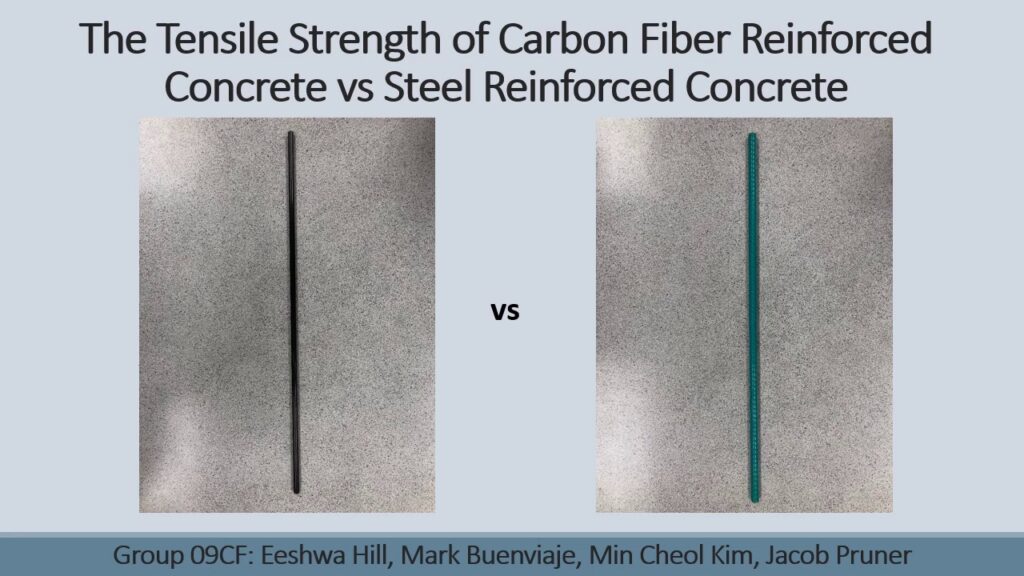Compare the use of fiber reinforcement and rebar in concrete construction for enhanced strength and durability. Fiber reinforcement improves crack resistance and simplifies construction processes, while rebar provides structural strength and load-bearing capacity. Let’s know about Fiber Reinforcement vs. Rebar.
Enhancing Concrete Strength: Fiber Reinforcement vs. Rebar
Choosing the right reinforcement method is crucial for enhancing concrete strength in construction projects. Two common methods are fiber reinforcement and traditional rebar. Each method offers distinct advantages, and understanding their differences can help determine the most suitable approach for specific applications.
Benefits of Fiber Reinforcement in Concrete Construction
2.1 Crack Resistance and Durability
Fiber reinforcement improves the crack resistance and durability of concrete structures. Fibers, such as synthetic, steel, or glass, are mixed into the concrete mixture, forming a three-dimensional network that controls crack propagation. This enhances the structural integrity and longevity of the concrete, making it more resistant to shrinkage, impact, and temperature fluctuations.
2.2 Simplified Construction Processes
Using fiber reinforcement simplifies construction processes compared to traditional rebar. This reduces construction time and costs, making fiber reinforcement a preferred choice for projects with tight schedules or complex shapes that are difficult to accommodate with traditional reinforcement.
2.3 Improved Workability and Aesthetics
Fiber reinforcement enhances the workability of concrete, making it easier to handle during placement and finishing. The fibers help to reduce segregation and improve the flowability of fresh concrete, resulting in a smoother, more uniform finish. Additionally, fiber reinforcement allows for more design flexibility, enabling the creation of unique and aesthetically appealing concrete structures.

Advantages of Rebar in Structural Reinforcement
3.1 Structural Strength and Load-Bearing Capacity
Rebar, short for reinforcing bar, provides excellent structural strength and load-bearing capacity to concrete structures. The steel bars are strategically placed within the concrete to resist tension and compression forces. Rebar reinforcement is commonly used in applications where high-strength concrete is required, such as foundations, columns, and beams.
3.2 Flexibility in Design and Construction
Rebar offers flexibility in design and construction due to its ability to be customized and shaped according to project requirements. It can be bent, cut, and welded on-site to meet specific structural needs. Rebar reinforcement provides structural stability, especially in large-scale projects where heavy loads and high structural demands are present.
3.3 Long-Term Durability
Rebar reinforcement contributes to the long-term durability of concrete structures. The corrosion-resistant properties of steel rebar ensure its performance and integrity over time. Properly installed and maintained rebar reinforcement helps prevent cracking, structural failure, and deterioration caused by environmental factors or aging.
Conclusion:
Fiber reinforcement and rebar both play essential roles in enhancing the strength and durability of concrete structures. Fiber reinforcement offers improved crack resistance, simplified construction processes, and enhanced workability. Rebar reinforcement provides structural strength, load-bearing capacity, flexibility in design, and long-term durability. Consider the specific requirements of your construction project to determine the most suitable reinforcement method for achieving optimal concrete performance.